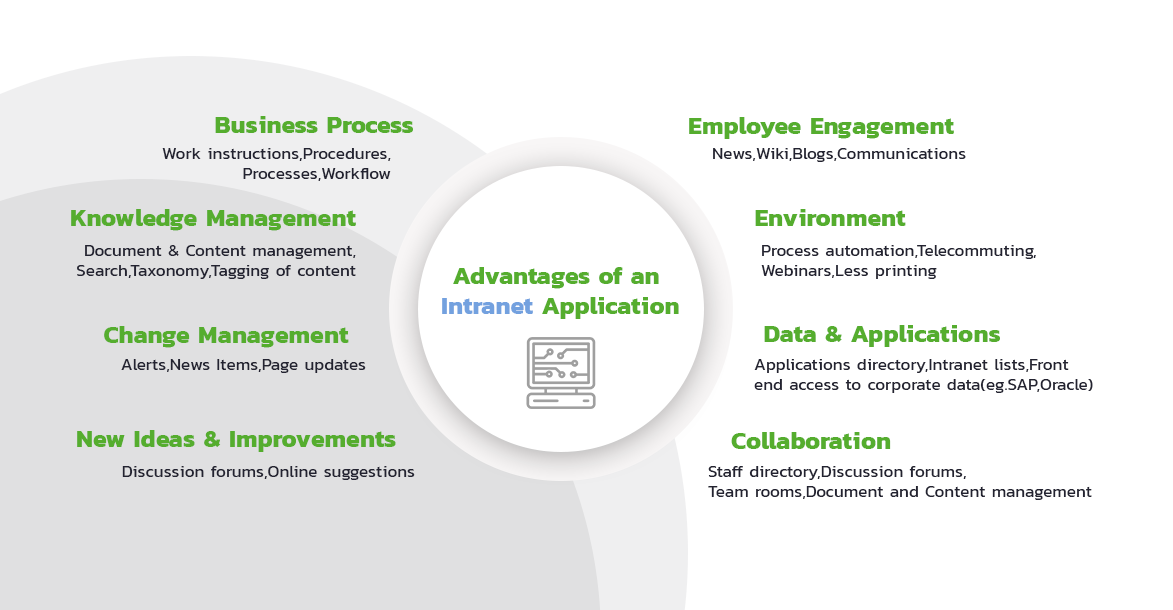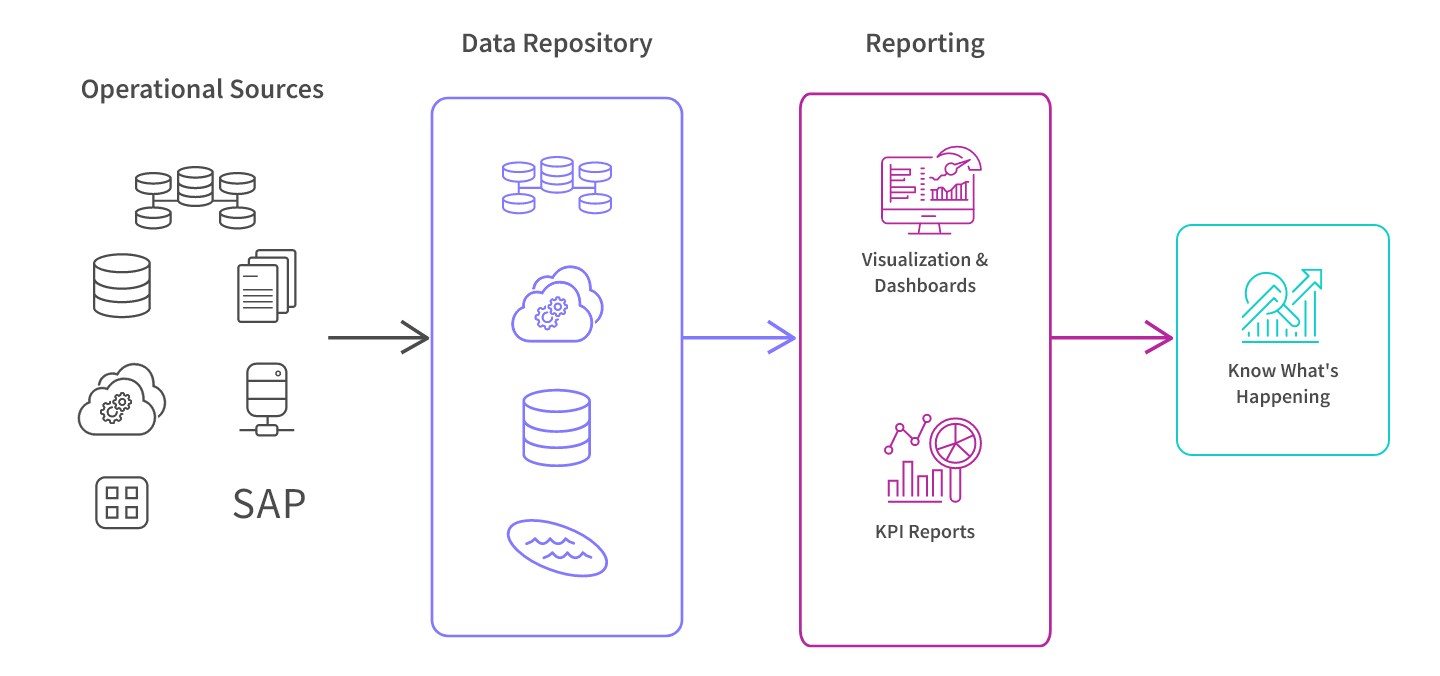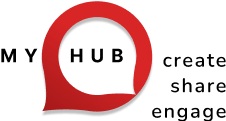
Your New Intranet Starts Here
Streamline communication, boost collaboration, and empower your team with MyHub's intuitive intranet solution.
Book a live demo now and experience the difference.
Take a Quick Tour Our Guest Author Erica Davies
Our Guest Author Erica Davies
Erica is a content writer at Employ Borderless and a freelance storyteller. She specializes in remote work, compliance, and marketing automation. With a background in mass tort cases, Erica brings sharp research skills and a love for clear communication to every project. Off the clock, she’s diving into new tech, industry insights or enjoying a great book with coffee in hand.
Today, working environments favor flexibility by leaning toward remote or work-from-home settings. But, that’s not a guarantee for success. Cohesion often takes a hit, and teams that worked like clockwork before may struggle with issues like unclear goals and poor communication.
In fact, 39% of projects fail due to a lack of clear objectives, and 33% of teams cite slow communication as a major challenge.
Such challenges hinder progress and lead to wasted resources and missed opportunities. To tackle these problems, managers should look for the right project software to bring the team together and restore order.
And with deadlines getting ever closer, here are 10 potent examples of project tracking tools you should consider using.
What is Project Tracking?
In broad strokes, project tracking involves systematically monitoring and analyzing a project’s progress to keep it aligned with the established plan. This process includes collecting data on various activities and comparing them against the project plan to identify discrepancies or delays. Thus, it is a process that should be completed parallel to a given project’s segment.
![]()
By closely observing timelines, resource allocation, and task completion, you’ll gain a real-time overview of all tasks, responsibilities, and due dates. This is a fair way for managers to grasp the reigns tightly and hold everyone accountable.
Managers will not be the only ones who benefit from a project tracking tool, however. Augmenting your team’s MO in this way often results in enhanced collaboration and risk reduction.
Which Businesses Benefit from Project Tracking?
Project tracking benefits organizations of all sizes, from micro SaaS businesses to large enterprises. Smaller companies utilize tracking to streamline operations and achieve rapid scalability, while large enterprises rely on it for complex, cross-departmental coordination and maintaining competitive advantage.
In the construction sector, for example, project managers oversee complex tasks, from budgeting to daily operations, ensuring projects stay on schedule and within budget. Similarly, in healthcare, project managers handle initiatives such as developing web apps for patient management, constructing new hospital departments, or improving emergency medical services.

Similarly, professional employer organizations (PEO) can also find much use in project tracking tools to consolidate HR functions, ensuring efficient workforce management, compliance, and payroll processing. In manufacturing, implementing project tracking systems leads to higher efficiency and reduced costs, as companies like Siemens and General Electric have demonstrated.
Beyond these, sectors such as information technology and education also benefit from robust project tracking systems. Effective project management practices can reduce the risk of project failure, leading to better resource utilization and improved outcomes for both your and your clients’ businesses.
But, how to initiate this search for the right project tracking tool for the job?
Use an Intranet App (to simplify team collaboration)
What is an Intranet App?
An intranet application is a software tool designed for use within an organization’s private network, facilitating internal communication and collaboration. These applications provide employees with a centralized platform to access company resources, share information, and collaborate on projects. In short, they are built to bring your team closer together, even if members reside in different cities or time zones.

Features commonly found in intranet applications include document management systems, employee directories, and internal messaging platforms. By integrating these tools, you can reduce reliance on external communication methods, ensuring that sensitive information remains secure within the company’s network.
If this sounds exactly like something you can use right away, consider the following tool:
1. MyHub Intranet
MyHub Intranet is a cloud-based platform designed to boost internal communication and collaboration within organizations. It offers a range of customizable modules, including news feeds, staff directories, and file-sharing systems, allowing you to tailor the intranet to your team’s specific needs.
One of MyHub’s key strengths is its user-friendly interface, which enables quick deployment without requiring extensive technical expertise. The platform also supports integrations with popular workplace applications and productivity suites, ensuring instant connectivity with your existing tools.
To keep your team engaged, MyHub provides features such as surveys, blogs, and forums, perfect for boosting employee engagement. Additionally, the platform’s mobile capabilities make it so that employees can access important information and collaborate effectively, regardless of their location.
Furthermore, MyHub goes beyond basic intranet functions by incorporating automated workflows and digital forms, reducing administrative bottlenecks. Hence, team members can submit requests, approvals, and feedback through embeddable forms, eliminating back-and-forth emails.
Shared calendars help coordinate schedules, while mandatory alerts make sure that crucial company-wide updates don’t get overlooked. For a more interactive workplace, MyHub offers instant messaging, forums, and a feedback system that keeps discussions transparent and productive.
It also supports media integrations, allowing businesses to embed videos, podcasts, and social media feeds directly into their intranet. If your firm lacks team engagement, process automation, or knowledge sharing, MyHub brings all essential tools into a unified platform.
Set up Automation Tools (to reduce manual workload and boost efficiency)
Manual tasks can consume valuable time and resources, slowing progress to a halt. Implementing automation tools can alleviate these pitfalls by streamlining repetitive processes, allowing you to focus on more strategic activities. According to a study by McKinsey, about 60% of occupations have at least one-third of the constituent activities could be automated, highlighting the significant potential for efficiency gains.
By integrating automation into your project management practices, you can reduce errors, accelerate task completion, and elevate the overall team collaboration. Automation not only minimizes the risk of human error but also supports consistency in task execution.
Here are a few recommended apps:
2. Monday
Monday is a versatile work operating system that enables teams to build custom workflows and automate routine tasks. Its capabilities allow you to set up triggers and actions, such as notifying team members when a task’s status changes or moving items between boards based on predefined criteria.
This reduces the need for manual updates and establishes proactive feedback loops.The platform also offers integration with various applications like Slack, Microsoft Teams, and Outlook, further enhancing its automation potential.
3. ClickUp
ClickUp is an all-in-one project management tool that offers practical automation features to smoothen your workflows. It allows you to easily create custom rules to automate routine actions, such as assigning tasks, setting due dates, or updating statuses based on specific triggers. Additionally, ClickUp integrates with numerous third-party applications, allowing you to automate processes across different platforms.
For instance, you can set up automation to create tasks in ClickUp based on emails received in Gmail or actions taken in Slack. This results in a more cohesive and efficient work environment, enabling your team to focus on high-priority tasks.
4. Smartsheet
Smartsheet is a dynamic work management platform that combines the familiarity of spreadsheets with powerful automation and collaboration features. Its automation capabilities allow you to set up workflows that automatically alert stakeholders, request updates, or move tasks through different stages based on predefined conditions.
The platform also offers integration with various tools like Microsoft Office 365, G Suite, and Slack, enabling you to automate workflows across different applications.
Implement Time Tracking Tools (to monitor productivity and resource allocation)
Monitoring how time is spent within your team is crucial for enhancing productivity and ensuring everyone is carrying their weight. Time tracking tools can also give you insights into task durations, thus allowing you to deduce where the next bottleneck (probably) lies hidden.
Here are a few popular software you should check out:
5. Toggl Track
Toggl Track is a user-friendly time tracking application that simplifies the process of monitoring work hours. With its intuitive interface, you can start tracking time with a single click, making it accessible for teams of all sizes. The tool provides detailed reports, allowing you to analyze how time is allocated across various projects and tasks.
One of Toggl Track’s standout features is its integration capabilities with over 100 applications, including project management and communication tools. Additionally, Toggl Track offers idle detection and reminders, helping team members stay on top of their time management.
6. Clockify
Clockify is a versatile time tracking software that caters to both individuals and teams. It offers unlimited tracking for projects and tasks, making it suitable for businesses with diverse needs.
The platform provides visual reports and dashboards, giving you a clear overview of where time is being spent. In addition to time tracking, Clockify includes features like timesheet approvals and invoicing, which do come in handy.
7. Time Doctor
As the name implies, Time Doctor was made to boost productivity and accountability. It not only tracks time but also monitors application and website usage, providing insights into potential distractions. This data helps in identifying areas for improvement and encouraging better work habits.
The tool also offers features like screenshot monitoring and activity levels, giving managers a deeper understanding of team performance. Time Doctor integrates with various project management and communication platforms, ensuring quick adoption into your existing systems.
Adopt Reporting and Analytics Tools (to measure project performance and outcomes)

Monitoring project performance and outcomes is essential for staying on track and meeting looming due dates. According to a report by The Digital Project Manager, utilizing effective reporting tools can significantly improve project visibility and team collaboration.
By providing real-time data and customizable dashboards, these tools empower project managers to monitor progress accurately and address issues proactively.
These are our recommendations:
8. Wrike
Wrike integrates task management, time tracking, reporting, collaboration features, and customizable dashboards, making it an ideal solution for businesses of all sizes.
One of Wrike’s standout features is its Work Intelligence technology, which uses data and AI to provide real-time predictions and suggest changes for at-risk work. This proactive approach can allow you to address potential issues before they escalate, ensuring projects stay on track.
9. Zoho Analytics
Zoho Analytics is a business intelligence reporting tool that supports SQL queries for your database. It’s designed to support sales, marketing, finance, project management teams, and more.
The tool offers both cloud-based and on-premise installations, catering to diverse business needs. With its intuitive drag-and-drop interface, Zoho Analytics allows users to create insightful reports and dashboards without extensive technical expertise.
10. Microsoft Project
While an obvious candidate for this list, Microsoft Project is indeed an example of a tool that stands the test of time (given how it technically exists since 1984). Even in 2025, the tool’s advanced analytics features enable project managers to assess performance, track progress, and promote teamwork.
One of the key advantages of Microsoft Project is how it handles complex project plans with multiple dependencies and constraints. Additionally, its real-time reporting features offer insights into project health, facilitating timely interventions and adjustments to keep projects aligned with organizational goals.
Wrap Up
Successfully managing projects requires the right tools to keep teams aligned, productive, and informed. From intranet applications that centralize communication to automation tools that eliminate tedious tasks, each of the ten solutions discussed offers a way to refine operations and improve collaboration.
Time tracking software brings accountability to the forefront, while reporting and analytics tools provide the insights needed to make data-driven decisions. Implementing these solutions can reduce inefficiencies, improve transparency, and ultimately lead to better project outcomes.
By integrating the right project tracking tools, you and your team can overcome common challenges like miscommunication, unclear goals, and inefficient workflows. Regardless if your business is small or enterprise-level, leveraging these technologies will help you stay on top of deadlines, allocate resources effectively, and drive success.
FAQ Section
What is project tracking?
Project tracking is the process of monitoring a project’s progress over time—ensuring tasks are completed, milestones are met, and deviations are addressed.
Why do many projects fail?
Common causes include unclear goals or scope, poor communication, lack of accountability, and absence of tools that keep all stakeholders on the same page.
What features should I look for in a project tracking tool?
Important features include task management, dependencies or Gantt views, status updates, notifications, real-time dashboards, integration with other systems, and user-friendly interfaces.


